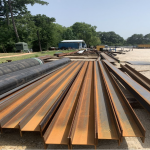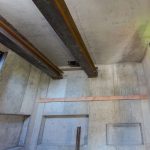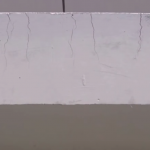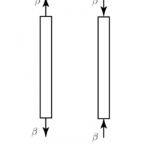K bracing is one of the common types of bracing systems. In this article, you will learn what k bracing is, review a design example, compare k bracing vs x bracing, and learn how it protects against earthquakes.
K Bracing Overview
Bracing stabilizes buildings from lateral stresses. It improves a building’s ability to endure lateral loads brought on by wind and earthquakes.
Additionally, bracing keeps earthquake-resistant buildings standing. In a frame structure, the bracing supports the horizontal loads while the beams and columns support the vertical loads.
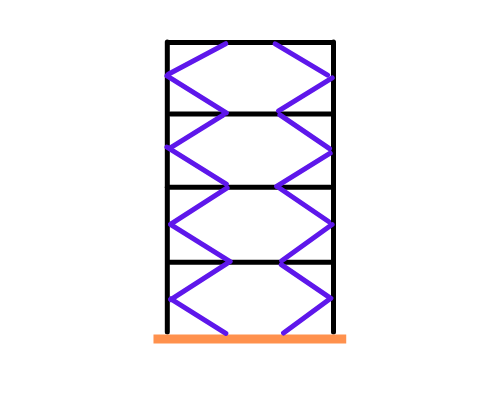
K bracing is one of the most popular bracing types. These braces attach in the middle height of the columns. The frame’s increased flexibility and provision of holes in the outer face reduce the bending of the floor beam.
In seismic areas, K bracing is generally avoided due to the possibility of column failure if the compression brace fails.
Design Example
The bracing ends in this instance of the bracing system attach to the central point of the bare frame. The following figure depicts the entire K-type bracing model, which consists of points A through G.
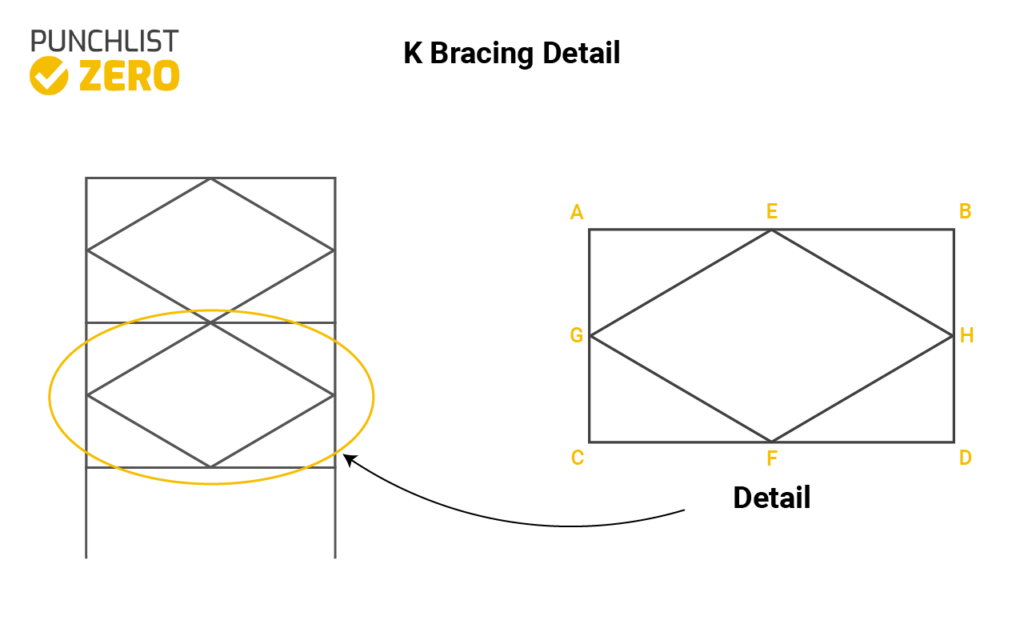
In the right-hand area of the bare frame, the bracing model connects to the numbers E, H, and F. While in the left-hand section, the numbers E, G, and F connect. The increased stability in the building model as per the earthquake-resistant building designs grows as a result of the center point of the bare frame connection for the bracing systems being present. The value of the deflection in the X and Y directions in both positive and negative directions decreases with the aid of the added stiffness.
Similarly to this, during the application of lateral loading conditions such as earthquake and wind load conditions, the value of the vertical deflection in the building structure decreases.
K Bracing vs. X Bracing
Another sort of bracing technique used in the building is cross bracing, sometimes known as X bracing. When the wind blows and during seismic occurrences like an earthquake, it keeps buildings sturdy. Additionally, it restricts lateral movement of the building, lessening stress-based deflection and subsequent component damage.
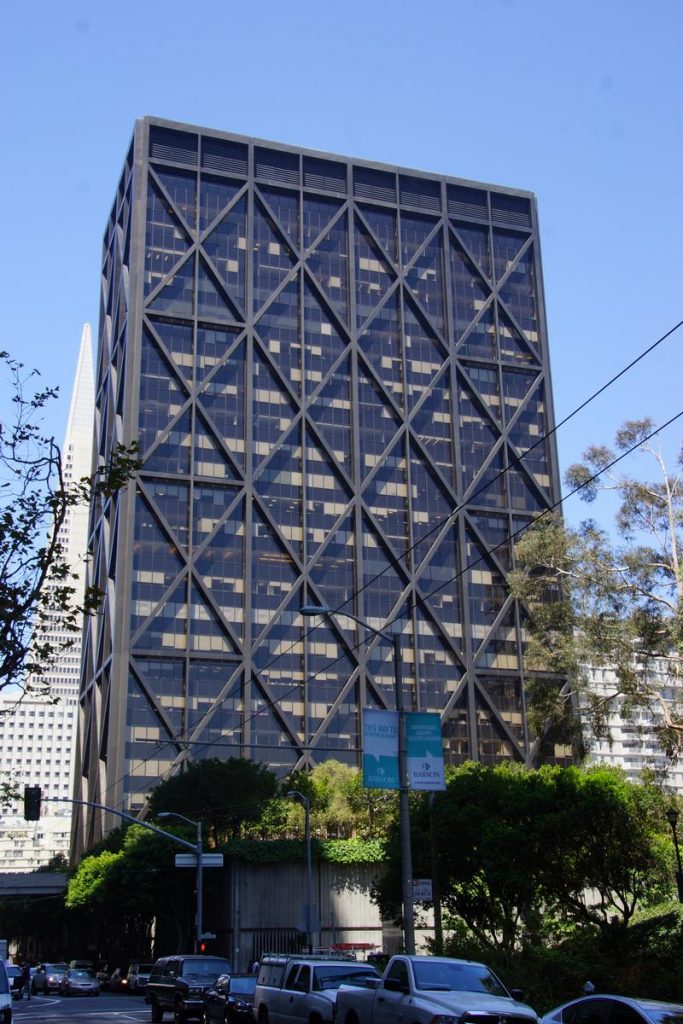
When using cross-bracing, two diagonal elements cross. Depending on the loading direction, these merely need to be tension resistant, with each brace functioning individually to withstand sideways forces. Therefore, cross-bracing uses also in steel cables.
However, cross-bracing on a building’s outside face hampers the window opening location and functionality. Additionally, it causes floor beams to bend more dramatically.
K bracing and X bracing both offer efficient lateral support, but they differ in a few key ways:
- X-bracing adds a constraint to the frame, allowing you to create bracing components that are “tension only.” However, if the building is exposed to heat, the adjoining bracing, beams, and columns will experience additional stress.
- Despite being exposed, the structure is almost in a static state because of K-bracing, there is no significant temperature load. However, the bracing will entail a beam, and a sizable axial force will pass through the beam. Additionally, the axial load on the bracing will be significant due to the gravity load on the beam. On the other hand, if you occasionally need vertical support assistance from the bracing to the beam, this might be useful.
- Since the unsupported length for K-bracing is much greater in the lateral direction and is in the weak-axis bending direction, lateral bracing in the mid-span may be necessary.
- In many industrial structures, the type of bracing is picked carefully so that pipes, equipment, etc. won’t collide.
As a result, x-bracing will appear odd if the ratio is close to or greater than 2.0, and you will need more x-bracing pairs to reach a particular height. K-bracing is preferable in this situation. On the other hand, x-bracing is preferable if the ratio is close to 0.5.
K Bracing Protection Against Earthquakes

As mentioned, most engineers do not recommend K-bracing in earthquake-prone areas because there is a chance that the compression brace’s column will fail during an earthquake. Buckling of the compression brace places an unbalanced load on the column rather than the horizontal beam.
On the other hand, cross bracing makes the building endure higher seismic activity from earthquakes. An X-shaped arrangement of two diagonal supports handles compression and tension forces at various points.
Braces typically fashion from angle iron, although stronger supports may fashion from a channel or even an I-beam. In a bracing format, one brace may be in tension while the other is slack depending on the imposed stress. Nearly any rectangular frame may benefit from cross-bracing. Steel cables, frequently substitute for angle iron due to low relative cost and exceptional strength in tension.
Engineers must design structural shapes in accordance with local building codes and the appropriate seismic zone. These requirements vary depending on whether the building is occupied or unoccupied. While X braces typically outperform K bracing for earthquake stresses, engineers must carefully calculate all design stresses to produce an optimal design.
